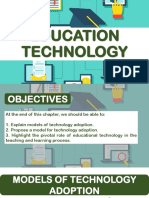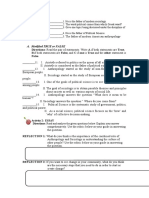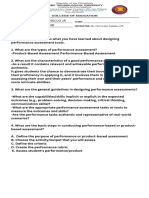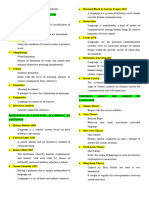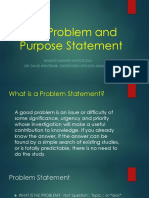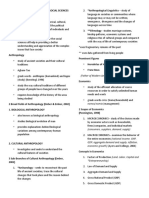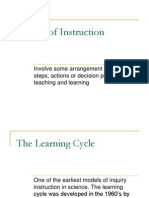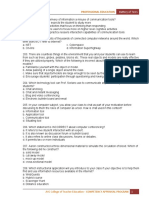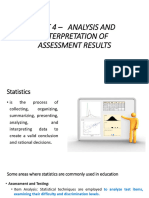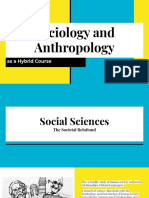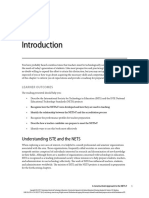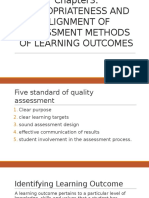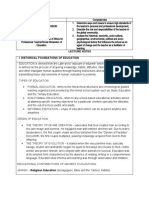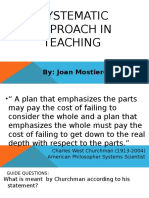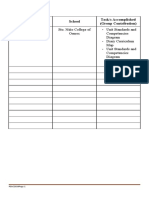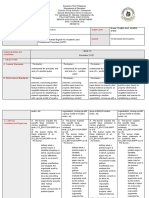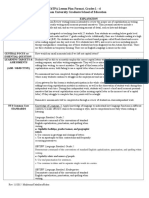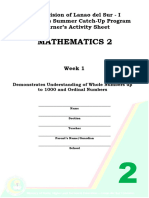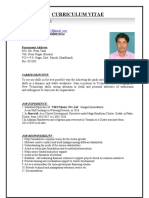0% found this document useful (0 votes)
224 views5 pagesSystematic Approach To Teaching
The document discusses a systematic approach to teaching which views education as an interconnected system. It emphasizes considering student needs, interests, and skills when setting objectives and choosing teaching methods, learning activities, and resources. The goal is to effectively fulfill instructional goals by planning lessons around the learner.
Uploaded by
summersibalamontesinoCopyright
© © All Rights Reserved
We take content rights seriously. If you suspect this is your content, claim it here.
Available Formats
Download as PDF, TXT or read online on Scribd
0% found this document useful (0 votes)
224 views5 pagesSystematic Approach To Teaching
The document discusses a systematic approach to teaching which views education as an interconnected system. It emphasizes considering student needs, interests, and skills when setting objectives and choosing teaching methods, learning activities, and resources. The goal is to effectively fulfill instructional goals by planning lessons around the learner.
Uploaded by
summersibalamontesinoCopyright
© © All Rights Reserved
We take content rights seriously. If you suspect this is your content, claim it here.
Available Formats
Download as PDF, TXT or read online on Scribd
/ 5


